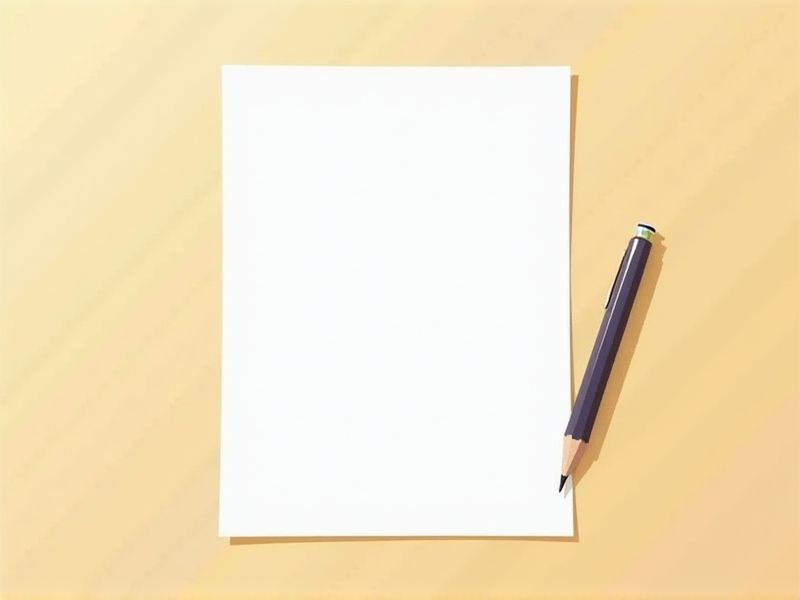
Writing an excuse letter is an important skill for students to communicate their absence from school effectively. A well-crafted excuse letter helps maintain clear communication between parents, students, and teachers regarding missed classes or assignments. It is essential to include key details such as the date of absence, reason for absence, and a polite tone. Whether it's for illness, family emergencies, or other valid reasons, providing a proper excuse ensures accountability and understanding. To assist you further, check out various excuse letter templates available in this article.
Samples of excuse letter sample for student
Excuse Letter Sample For School Absence
Excuse Letter Template For Student Illness
Excuse Letter Example For Missed Classes
Excuse Letter Format For Educational Leave
Write An Excuse Letter For Student Activities
Formal Excuse Letter Sample For Students
Excuse Letter For Student Due To Family Issues
Excuse Letter Guidance For Academic Situations
Excuse Letter Request For School Event Participation
Excuse Letter For Student Travel Reasons
Simple Excuse Letter Sample For Students
Professional Excuse Letter For School
Excuse Letter For Student Sports Participation
Excuse Letter For Emergency Situations In School
Excuse Letter Layout For Academic Absences
Excuse Letter For Student Involved In Competitions
Excuse Letter For Late Submission Of Assignments
Excuse Letter Sample For Student Appointment
Persuasive Excuse Letter For School Validation
Excuse Letter For Student Documentation Purposes
Important Things to Know when Writing Excuse Letter Sample For Student
Proper Format And Structure
A well-structured excuse letter for a student should include specific elements, ensuring clarity and professionalism. Start with the student's name, date, and contact information, followed by the recipient's details, such as the school's name and the teacher's title. Clearly state the reason for the absence, along with the dates missed, to provide context. Finally, conclude the letter with a polite closing and a signature to reinforce the authenticity of your request.
Clear And Concise Reason For Absence
An effective excuse letter for a student should include a clear and concise reason for the absence. This transparency helps teachers and school administrators understand the context of the student's situation. Be specific yet brief in detailing the reason, whether it's due to illness, family emergency, or other legitimate circumstances. Providing necessary documentation, if applicable, can further validate the absence and enhance the credibility of your note.
Date And Duration Of Absence
When crafting an excuse letter for a student, it's crucial to clearly state the date and duration of absence. This information provides context for the absence and helps teachers understand the timeframe during which the student was not in attendance. You should also ensure that the dates align with any school records to avoid confusion. Accurately detailing the duration reinforces the legitimacy of the explanation and may prevent further inquiries about the absence.
Polite And Respectful Tone
A well-crafted excuse letter for a student should maintain a polite and respectful tone to effectively communicate the reason for the absence. Begin by addressing the recipient respectfully, using appropriate titles or names, which sets a positive tone. Clearly state the reason for the absence, providing any necessary details to clarify the situation, while remaining concise. This approach not only demonstrates professionalism but also fosters understanding and empathy from teachers or administrators.
Parent Or Guardian Signature (If Required)
When drafting an excuse letter for a student, it's crucial to include a parent or guardian's signature if the school's policy requires it. This signature serves as verification of the absence and assures the school that the reasons stated in the letter are legitimate. Make sure to clearly state the student's name, the dates of absence, and the specific reasons for missing school. Including this essential element not only adheres to school guidelines but also fosters open communication between parents and educators.
